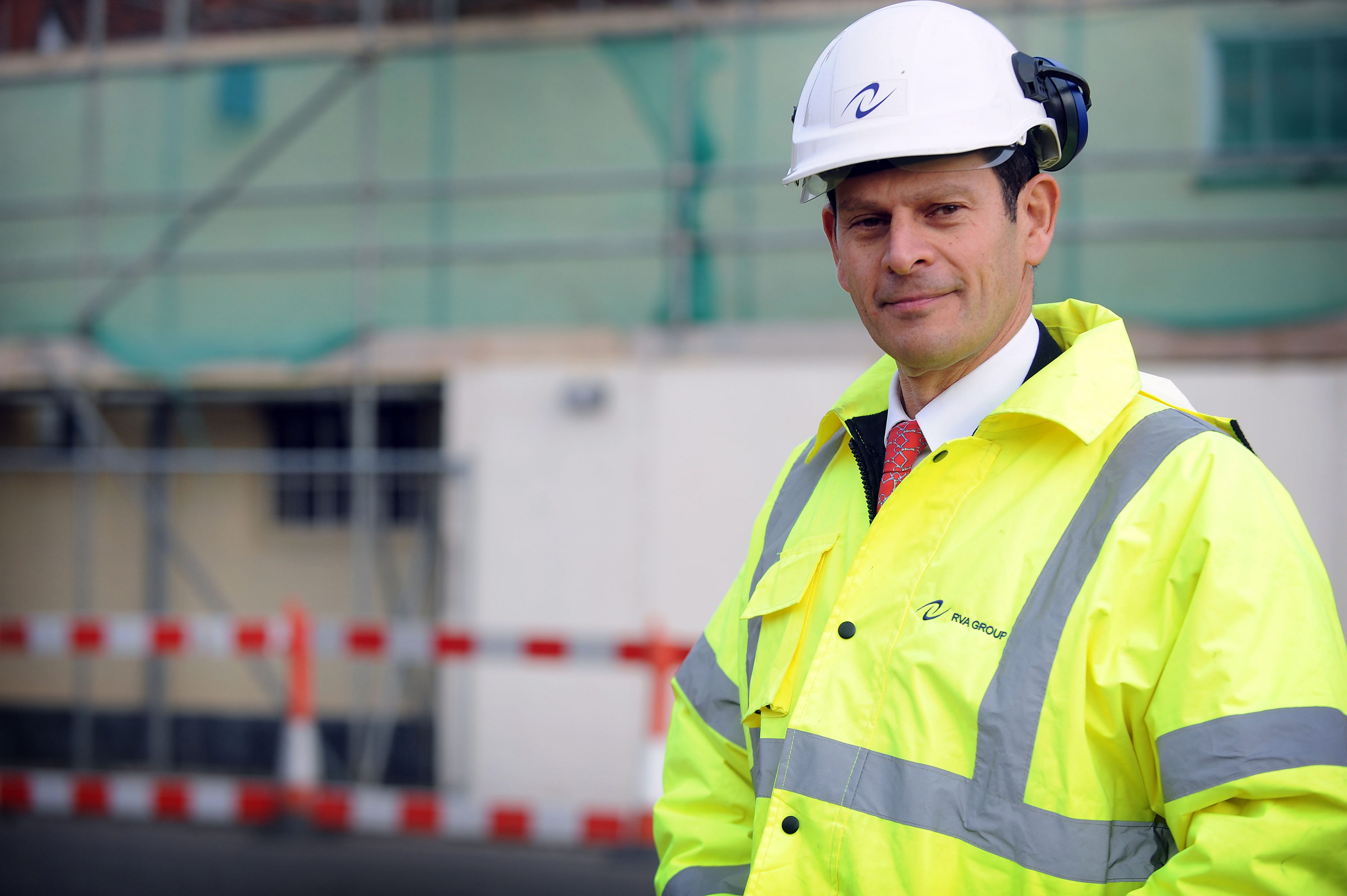In his most recent Demolition & Recycling International column, RVA’s MD Richard Vann looks at what’s in store for demolition in 2022. If you missed the article, catch it in full below…
It’s difficult to pen any reflective words at the end of the year without them sounding clichéd – and this is particularly tricky on the back of a global pandemic. But, as 2021 draws to a close, I’d hope most people would agree with me in saying that this is the year when the world started to wake up again.
Q1 was still fraught with uncertainty, and at that point there was, generally, more talk of recovery than any recordable change. However, it takes time to rebuild momentum after such seismic disruption, and in the months that followed, confidence, activity and optimism was gradually restored – especially in the demolition industry.
So much so, that as we bring 2021 to a close, the competent supply chain is extremely active and, in many cases, visibly stretched. And this isn’t just because of Covid-19.
With environmental targets intensifying – not least as countries advance their commitments to ‘greener’ technologies – industries such as petrochemical, oil and gas, are changing at pace. Demand for traditional fuels is falling, and the pressures to upgrade to more sustainable plants – if not completely overhaul sites – are vast. Projects in these sectors – to name just a few – are therefore plentiful.
Mindful that reputable contractors are busy, many of the operators we’re currently working alongside are going out to tender as quickly as they can, in a bid to secure the skilled project teams they need. But this early engagement still needs to be accompanied by clear and honest dialogue regarding the ability to deliver projects, to schedule, without any reduction of standards. We don’t want to see clients lower their selection criteria, to keep a programme on track. And there is never a scenario when it is acceptable for a decommissioning, decontamination, demolition or dismantling contractor to be faced with having to compromise on EHS excellence.
So, if there was ever a time to ensure the demolition industry is not squeezed on price, it is now. Many organisations have a clearer picture of the numbers, and have planned in advance to ensure that even the most complex of projects are executed safely and with maximum respect for the environment. The cost of reputational damage is unmeasurable and unlimited, after all.
I foresee this level of demand continuing throughout 2022 and into 2023 too, as the economy continues to right itself. Hopefully some contractors will acknowledge and act on this opportunity to invest in more people and, in some instances, raise their game to be able to take on the more complex of assignments. The outlook for the profession is definitely a positive one.
This is not to say we’ve had it easy. Like most industries, demolition has had to adapt to newfound pandemic-related challenges, and the crisis is far from over. it would be naïve to say that, as a population, we have defeated Covid-19. However, on the whole, we must adapt so we can manage to live with it, and – certainly in our field – it feels as though it is just one more hazard to risk assess and deal with. That’s perhaps why established players in this industry have fared ok.
At RVA, international projects are picking up again, with clients exploring the role we can play on a full time, visiting, and even virtual basis. I’ve said many times that some of the new habits Covid-19 has brought about are welcomed, and the use of technology to facilitate data sharing, communication and relationship building – where relevant – is definitely one of those.
We’ve also recently been interviewed on our thoughts surrounding the demolition industry’s attitudes to waste management, and of course we all know how engrained the reuse and recycle mentality is within our profession. I think this is deserved acknowledgement that – decades before the likes of COP26 – we have prioritised sustainable on-site practices and the segregated recovery of even the trickiest of materials. It’s always a pleasure to report on how trailblazing the industry really is, whether this is widely acknowledged or not.
It’s perhaps wishful thinking, but I’d love to see the media buoyed with more optimistic headlines, such as this, in 2022. Doom and gloom may sell papers and drive clicks, but – away from the more professional of technical journals – it makes for bleak reading. Plus, the impact on mood and confidence is unmistakable. So, let’s celebrate everything the demolition industry has achieved, and stood for, during difficult times, and look forward to the potential that lies ahead, for those who want to rise to the challenge.









